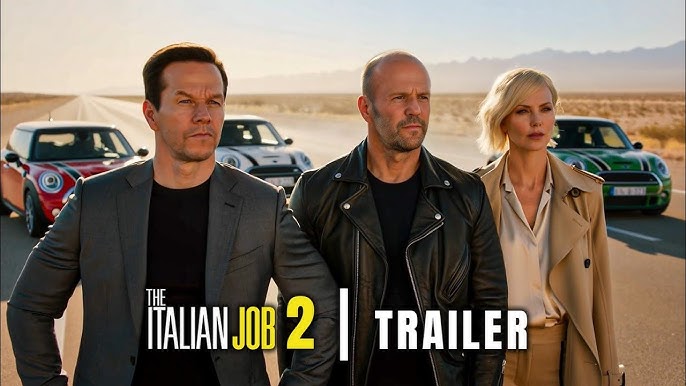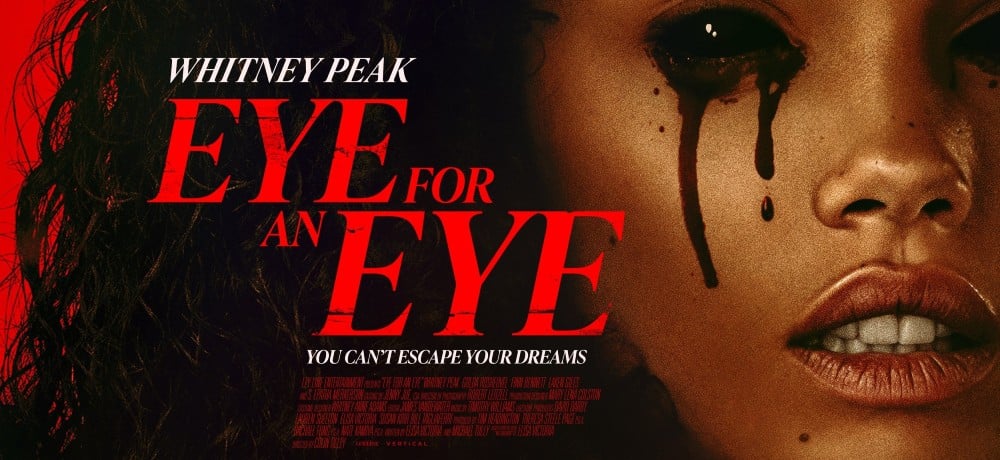The Italian Job (2003): A Masterclass in Style, Speed, and Strategy
The Italian Job (2003), directed by F. Gary Gray, is a sleek and stylish heist thriller that masterfully combines clever plotting, sharp performances, and high-octane action. A modern remake of the 1969 British classic starring Michael Caine, this version reimagines the story for a new generation — trading vintage charm for precision, speed, and a distinctly American flair. With an ensemble cast led by Mark Wahlberg, Charlize Theron, and Edward Norton, The Italian Job remains one of the most entertaining and skillfully crafted caper films of the early 2000s.
The story begins in Venice, Italy, where a team of expert thieves — led by Charlie Croker (Mark Wahlberg) and guided by their mentor John Bridger (Donald Sutherland) — executes a meticulously planned gold heist from a heavily guarded safe beneath a Venetian palace. The job goes perfectly, until one of their own, Steve (Edward Norton), betrays them. After killing John and stealing the gold, Steve disappears, leaving the rest of the team presumed dead. One year later, Charlie reunites the surviving members in Los Angeles with a new plan: to take back what Steve stole and deliver justice — the criminal kind.

The ensemble cast brings charisma and chemistry to the film’s ensemble dynamic. Wahlberg’s Charlie is calm, strategic, and loyal — a thief with a moral compass. Charlize Theron plays Stella Bridger, John’s daughter and a skilled safecracker who initially works on the right side of the law but joins the crew to avenge her father. Norton, as the treacherous Steve, brings just the right amount of arrogance and greed, making him a villain audiences love to hate. Supporting the main trio are the colorful members of Charlie’s crew: the explosive expert “Left Ear” (Mos Def), computer hacker “Lyle” (Seth Green), and the driver “Handsome Rob” (Jason Statham), each adding humor and flair to the film’s rhythm.
At its core, The Italian Job is about loyalty, ingenuity, and revenge — but it’s the film’s execution that makes it stand out. The iconic Mini Cooper chase sequence through Los Angeles remains one of the most thrilling and creative car chases in film history. Using custom-designed Minis modified for stunts, the sequence zips through subways, alleys, and rooftops with stunning precision, capturing the film’s energy and playfulness. The blend of practical effects and minimal CGI gives the chase a tactile realism that still holds up today.
Visually, the film is a treat. The cinematography by Wally Pfister (who later worked with Christopher Nolan) infuses The Italian Job with a crisp, sunlit aesthetic that contrasts Venice’s elegance with L.A.’s urban sprawl. The editing is tight and rhythmic, perfectly matching the movie’s slick tone and fast pace. John Powell’s musical score — an energetic mix of orchestral tension and electronic beats — keeps the momentum alive from start to finish.
One of the film’s greatest strengths is its focus on teamwork. Every member of the crew contributes a vital skill, and their camaraderie and trust drive the emotional stakes. Unlike many heist films that rely solely on greed or luck, The Italian Job is built on strategy and precision — a celebration of brains over brute force.

By its conclusion, when Charlie and his crew outsmart Steve in a clever twist involving armored trucks, hacking, and yet another display of expert timing, the audience is left both satisfied and exhilarated. The final scene — teasing another possible job — perfectly encapsulates the spirit of the film: bold, clever, and endlessly fun.
The Italian Job (2003) succeeds because it respects its roots while carving its own identity. It’s not just about stealing gold; it’s about redemption, loyalty, and outsmarting those who underestimate you. With its witty dialogue, sharp direction, and unforgettable car chases, it remains one of the defining heist films of its era — proof that sometimes, crime done right can be pure cinematic gold.



